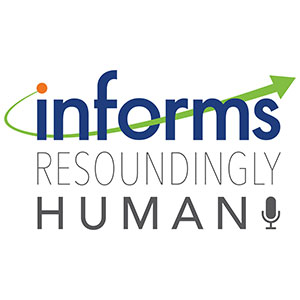
Three Pressing Questions About Monkeypox: Spread, Vaccination, Treatment
Containing the outbreak, scientists say, will depend on better understanding the virus’s transmission and how well available tools work.

Containing the outbreak, scientists say, will depend on better understanding the virus’s transmission and how well available tools work.

The computer chip shortage that the U.S. has suffered under for more than a year is finally getting addressed – and in a big way too.

This week, both houses of the U.S. Congress approved the $280 billion bill aimed at boosting the semiconductor industry. But opponents object to the $52.7 billion subsidy for semiconductor firms such as Intel to expand their manufacturing facilities when their profits are high and the market is strong.

Los Angeles International Airport (LAX) recently reported over 400 COVID-19 cases among American and Southwest Airlines employees as well as Transportation Security Administration (TSA) officers. Yet, no one seems concerned, since no services were disrupted at either the security checkpoints or with the airlines. Is this a reasonable and appropriate response?

In reviewing the epidemic of delayed and cancelled flights, luggage not showing up for arriving passengers, and huge crowds overwhelming staff at major European airports, I’m reminded of the fable of the blind men and the elephant. Each felt a different part of the pachyderm and concluded it was something different (a rope, a tree trunk, etc.).

Jeff Cohen
Chief Strategy Officer
INFORMS
Catonsville, MD
[email protected]
443-757-3565
An audio journey of how data and analytics save lives, save money and solve problems.


With seemingly no limit to the demand for artificial intelligence, everyone in the energy, AI, and climate fields is justifiably worried. Will there be enough clean electricity to power AI and enough water to cool the data centers that support this technology? These are important questions with serious implications for communities, the economy, and the environment.

It’s college graduation season, which means over 4 million seniors will graduate in the next few weeks, flooding the job market with new candidates. One area that has shown high potential for the right candidates is artificial intelligence and machine learning. Both disciplines are part of the larger data and analytics career path.

Drugs being explicitly developed to treat rare diseases are getting more expensive.

Robert F. Kennedy Jr., as the new secretary of Health and Human Services, is the nation’s de facto healthcare czar. He will have influence over numerous highly visible agencies, including the Centers for Disease Control and Prevention, the National Institutes of Health and the Food and Drug Administration, among others. Given that healthcare is something that touches everyone’s life, his footprint of influence will be expansive.

The recent US-China agreement to temporarily reduce tariffs is a major step for global trade, with tariffs on US goods entering China dropping from 125% to 10% and on Chinese goods entering the US decreasing from 145% to 30% starting May 14. While this has boosted markets and created optimism, key industries like autos and steel remain affected, leaving businesses waiting for clearer long-term trade policies.

With sweeping new tariffs on Chinese-made products set to take effect this summer, Americans are being urged to prepare for price hikes on everyday goods. President Donald Trump's reinstated trade policies are expected to affect a wide swath of consumer imports, including electronics, furniture, appliances, and baby gear. Retail experts are advising shoppers to act before the tariffs hit and prices rise.

Twenty years ago, few people would have been able to imagine the energy landscape of today. In 2005, US oil production, after a long decline, had fallen to its lowest levels in decades, and few experts thought that would change.

In the case of upgrading electrical and broadband infrastructure, new analysis from the University of Massachusetts Amherst reveals {that a} “dig once” strategy is almost 40% more economical than changing them individually.